|
One of the beauties of running as a sport is that there are relatively few equipment considerations and barriers to participation. All most runners need are shorts (or leaf), a t-shirt or sports bra, and perhaps socks and shoes unless you prefer to go barefoot. As a physical therapist, coach, avid runner, and triathlete, Im well aware of the potential threat that ill-fitting or defective shoes pose to your livelihood as runner. In an effort to help you ensure proper fit while avoiding a lemon, I thought that it would be helpful to provide you with a relatively short video (see below) that goes over several key concepts related to shoe fit and screening. Hope this helps you find your ideal pair of kicks.
0 Comments
In early March, I had the distinct privilege to be involved as a presenter and attendee at the 2nd annual Pacific Northwest Symposium put on by Empiridence Seminars. This topic of the symposium was the lower extremity and the focus of my pre-conference and platform presentations related to running injury management. After being invited to speak, I soon realized that I would be among some heavy hitters in the medical and rehab field between George Davies, Greg and Vicky Johnson, Dr. McClanahan, Matt Walsh as well as many others. Needless to say, I had my work cut out for me and could not disappoint.
After a beautiful drive down to Portland on a sunny Friday morning, I connected with Karl Kolbeck, who heads up Empiridence and was the mastermind (along with his wife and amazing team) behind this event. Im not sure how Karl found the time for lunch given the associated duties of running a conference, but somehow he managed to make time for me (THANKS KARL). After getting some spring rolls from a vendor at a courtyard filled with food trucks, we talked shop for a while before touring Pettygrove Physical Therapy & Sports Rehabilitation while meeting some of his staff. To no surprise, his facility was amazing. After wrapping things up I ventured over to the Doubletree Hotel where the event was being held.
Every day I find myself working with injured runners in an effort to return them to a float phase. During my treatment sessions, I inevitably sound like a broken record. Below is a list of the things I commonly find myself saying to clients seeking my services. Drum roll please....
1. Don't worry, you are just suffering from a simple case of RSS..."Runner's Stupidity Syndrome." 2. Believe it or not, running is a skill that needs to be learned. 3. Novice runners are more fragile. 4. Stiffness is your friend and enemy. 5. Eccentric & concentric actions work in a complimentary manner. 6. Forefoot or reafoot strike pattern isn't much of a concern to me provided that you don't overstride. 7. You are only as good as your last injury and the extent that you rehabbed it. 8. Expect strike asymmetry with track runners. 9. Gluteus medius timing is more important than strength when it comes to running. 10. If you have phenomenal ROM you better have phenomenal strength and control. |
OUR LATEST
E-BOOK for RUNNERS MIKE REINOLD & ERIC CRESSEY'S FUNCTIONAL STABILITY PART 4
Archives
January 2018
Categories
All
|

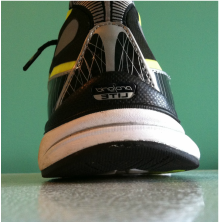
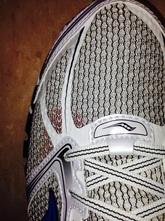
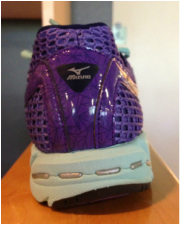
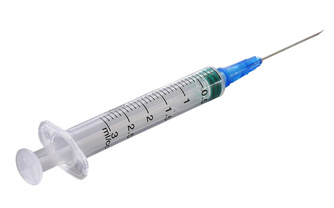


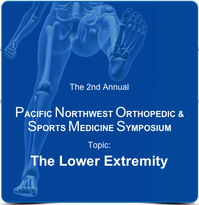

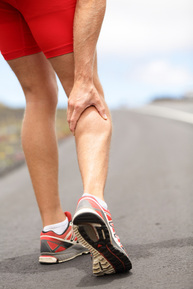
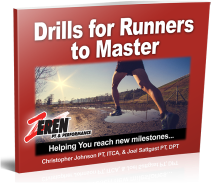
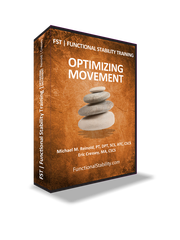
 RSS Feed
RSS Feed